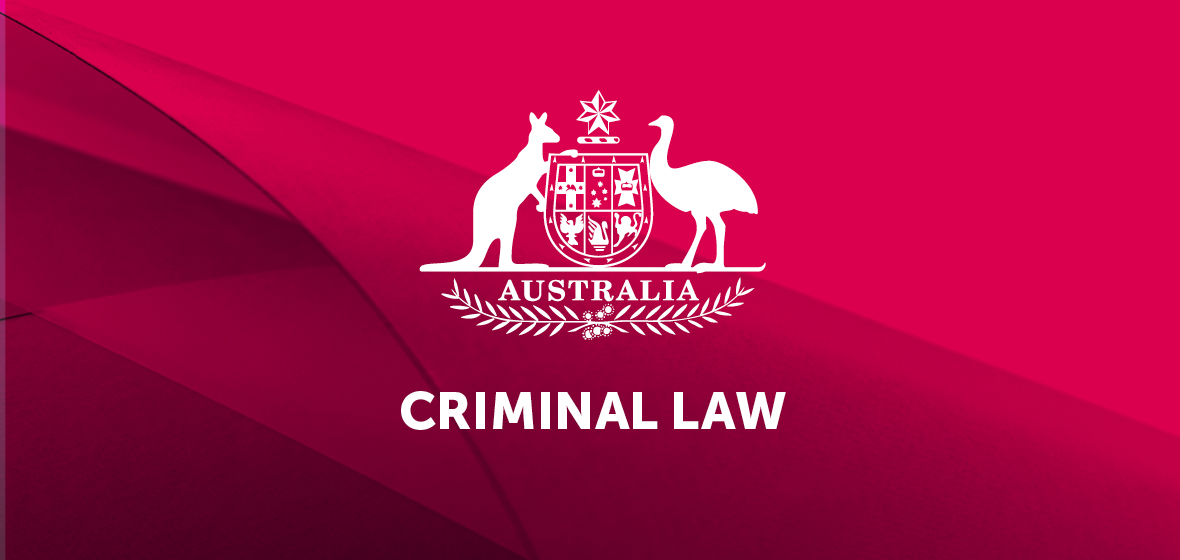Key decisions
- EF v R [2015] NSWCCA 36
- Director of Public Prosecutions (NSW) v Tikomaimaleya [2015] NSWCA 83
- Dyason v Butterworth [2015] NSWCA 52
EF v R [2015] NSWCCA 36
In a judgment which might flag a softening of approach caused by new sentencing options, the NSW Court of Criminal Appeal (CCA) has considered the question of whether drug dealers ought to go to prison unless there are ‘truly exceptional circumstances’.
EF, who was self-represented on this successful appeal, was a drug dealer. He was arrested in possession of 8.7g of methylamphetamine, a number of small plastic bags and some drug money. He gave evidence that he was selling drugs to feed his own habit and to eat. He also (and this was probably telling in the particular circumstances of this case) gave ‘very considerable’ assistance to law enforcement authorities, giving rise to an additional discount on sentence (and presumably the pseudonym).
In a busy circuit sitting, he was sentenced to two years imprisonment with a non-parole period of six months. His representative had accepted that the offender should go to prison, partly based on the well-known line of authorities including R v Gu [2006] NSWCCA 104, which says that ‘… unless there are truly exceptional circumstances present, a full-time custodial sentence ought to be imposed wherever the offender has been substantially involved in the supply of prohibited drugs’ (at [27] of Gu).
Importantly, however, at the time of Gu, Intensive Corrections Orders (ICOs) didn’t exist (they started in 2010). An alternative to full-time imprisonment where a sentence of two years or less is being imposed, ICOs are one of the options that a court must consider before imposing full-time imprisonment.
In this case, the NSWCCA (Schmidt J; Simpson J agreeing with further remarks; Macfarlan JA agreeing with both) found that his Honour had not been assisted by having the option of an ICO brought to his attention by the lawyers and stressed the importance of practitioners bringing alternative options to the attention of a court on sentence hearings.
And although both judgments appear to accept that the ‘policy’ or ‘rule’ encapsulated earlier from Gu still applies, Simpson J in particular (part of the bench in that case as well) pointed out that nothing obviates the need for a court to look at the circumstances of the particular case, and seems to imply that the advent of ICOs may have softened things slightly ([10]-[12]). Though, again, it needs to be borne in mind that the combined discount for plea and assistance in this particular case was 50 per cent – evidence that the circumstances make a big difference.




